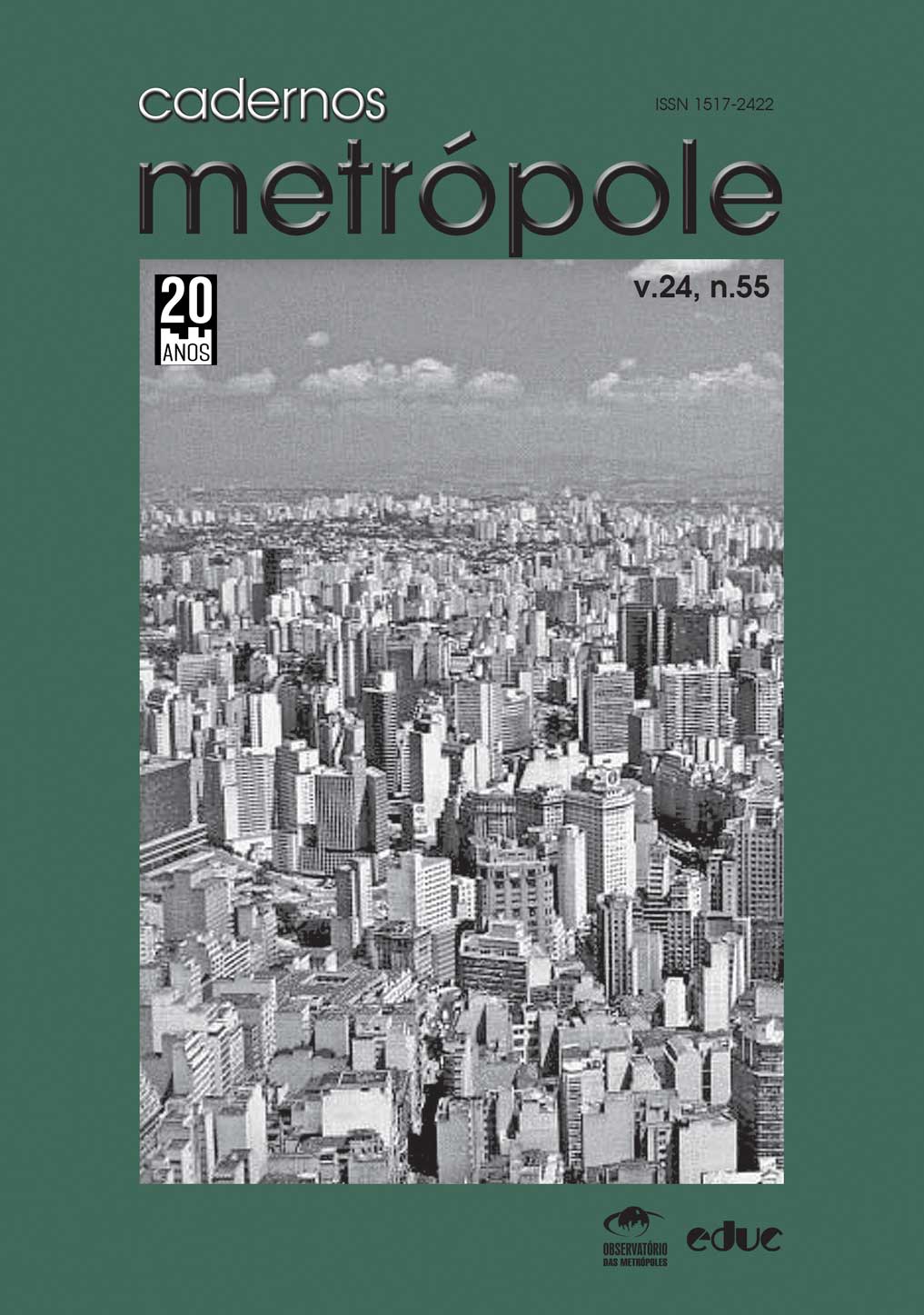Appropriation and expropriation of indigenous lands in the city of São Paulo
DOI:
https://doi.org/10.1590/2236-9996.2022-5510Keywords:
urban planning, expropriation, indigenous peoples, peripheralization, São PauloAbstract
The city of São Paulo has the fourth largest presence of indigenous peoples in Brazil. In this article, we relate the growth process of São Paulo to the historical situation of this city’s indigenous peoples. We focus on the incorporation of these peoples in the colonizing process, accomplished with the expropriation of their lands to ensure occupation and possession of colonial territory. Finally, we analyze the peripheralization of these peoples as a historical symptom, which also emerges as an instrument of state action for the development of the city and its urban apparatuses. This analysis is carried out through a bibliographic review of classical and contemporary authors and of reports that address the theme.
Downloads
Published
How to Cite
Issue
Section
License
Copyright (c) 2022 Cadernos Metrópole.

This work is licensed under a Creative Commons Attribution-NonCommercial-NoDerivatives 4.0 International License.
A revista não tem condições de pagar direitos autorais nem de distribuir separatas.
O Instrumento Particular de Autorização e Cessão de Direitos Autorais, datado e assinado pelo(s) autor(es), deve ser transferido no passo 4 da submissão (Transferência de Documentos Suplementares). Em caso de dúvida consulte o Manual de Submissão pelo Autor.
O conteúdo do texto é de responsabilidade do(s) autor(es).


